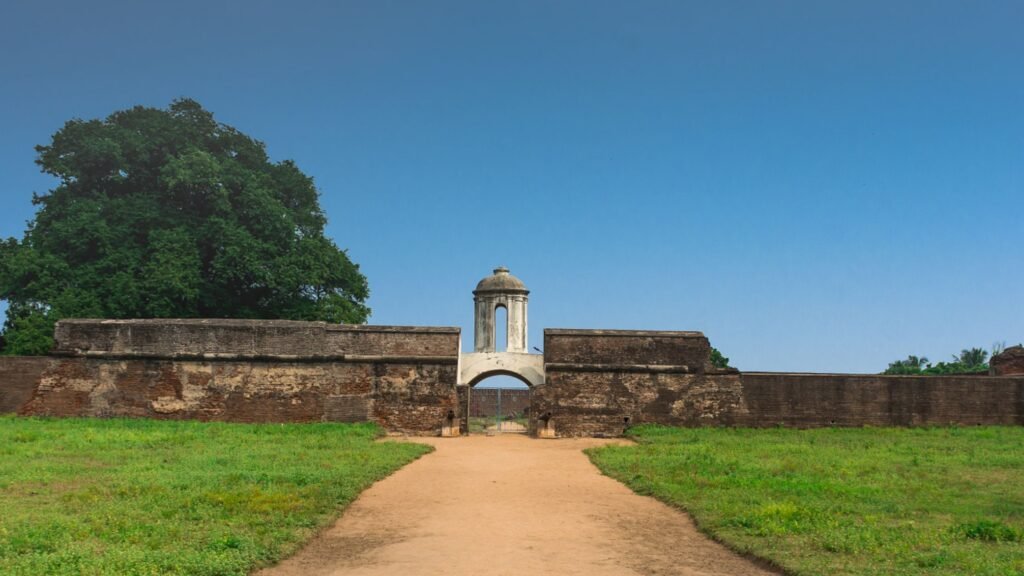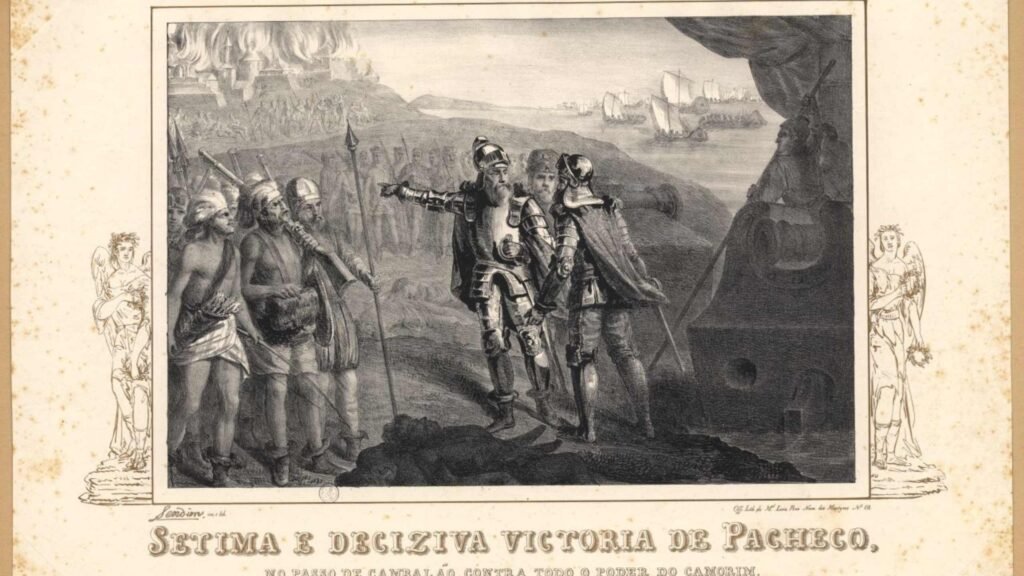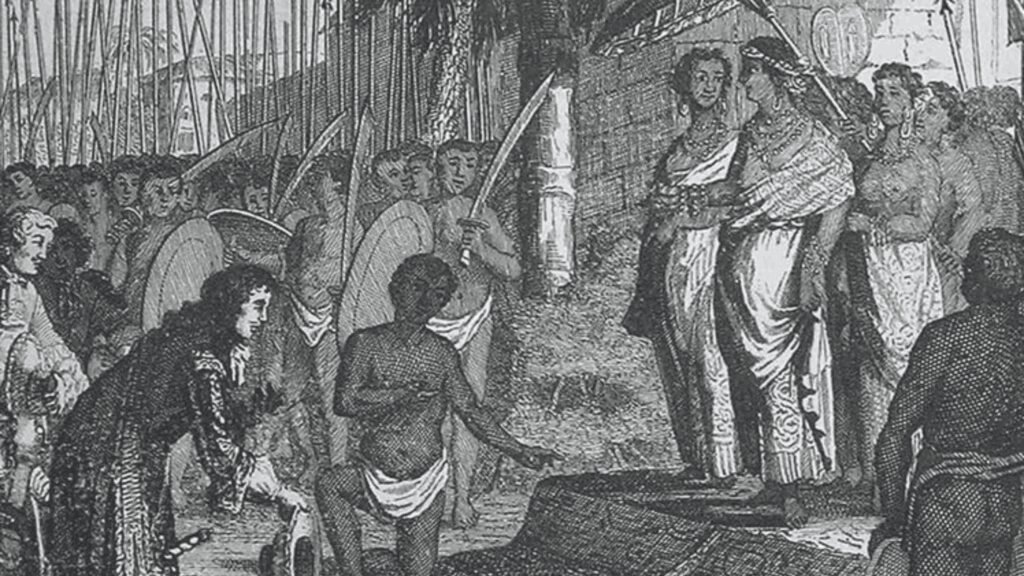If you were a Roman trader in the first century BCE, your chances of travelling to India on a business trip were pretty good. You would board a ship at the Roman port and cross the Mediterranean to reach Alexandria on the northern coast of Africa. From there, you would travel on foot to the Red Sea port and board yet another ship, sailing along the eastern coast of Africa, crossing the Arabian Sea and heading towards India’s western coast. And even though there were a lot of port cities along the coast, your first stop would have been Muziris. Why?
‘With its streets, its houses, its covered boats, where they sell fish, where they pile up rice- with the shifting and mingling of a boisterous river bank, [...] the city of the gold-collared Chera king that bestows to its visitors indiscriminately, and the merchants of the mountains, and the merchants of the sea, the city where liquor abounds, yes, this Muziris, where the rumbling ocean roars, given to me like a marvel, a treasure’ -Translation of an excerpt from the Purananuru, a Tamil classical work dated between the 1st century BCE and the 3rd century CE
Muziris sat at the mouth of the Periyar river in what is today the state of Kerala. Its geographical location gave it a natural advantage, as it was connected to many cities in central and eastern India. Exotic goods flowed into Muziris from across the country: aromatic spices, camphor, sandalwood, rare jewels and precious ivory, to name a few. And traders across the world – Romans, Greeks, Chinese, Jews, Phoenecians, Levantines, Egyptians – came to Muziris, bringing the best of what they had to offer in exchange as well, from fish sauce and ceramics to horses. Many of them also brought gold. The Romans, in particular, treasured black pepper. The Roman philosopher Pliny the Elder wrote that the Romans spent 50 to 100 million sesterces (ancient Roman coins) on trade with the east. And a sizable portion of that was spent on Muziris’s precious black pepper.
‘[Muziris] where the beautiful vessels, the masterpieces of the Yavanas [Greeks and Romans], stir white foam on the Periyar, river of Kerala, arriving with gold and departing with pepper.’ -Excerpt from the Akananuru, Tamil poetry dating between the 1st and 3rd century CE
So obsessed were the Roman with pepper, that they even took it with them when they were off conquering Europe and Northern Egypt. They built special pepper warehouses, called Horrea Piperataria. But why were they so obsessed with it? In the ancient world, pepper was considered to be a cure-all which could treat any ailment, from a bad stomach to a snake bite. The Romans loved using it in their cooking too. In fact, one of the oldest known cookbooks in the world comes from 1st-century Rome! The cookbook, Apicius, features black pepper in almost every one of its recipes.

All of this trade made Muziris a rich port city. Everyone was talking about it in those days: Greek and Roman scholars like Pliny and Strabo mentioned it in their famous histories. So famous was Muziris that Pliny called it ‘the first emporium of India’. A Sangam-era poet, Ilango Adigal, also describes an exotic port in Silapathikaram, which is considered to be one of the earliest Tamil epics.
But that popularity wasn’t meant to last. By the end of the 5th century CE, the Roman empire went into decline. With it, the demand for black pepper declined too. Muziris continued to be a busy port city, but it never saw the kind of wealth the Romans brought to it again. The port stayed open for trade till 1341 CE. That year, a terrible storm flooded the Periyar river, and the water levels rose, drowning the magnificent town of Muziris. For the next 600 odd years, that stretch of the coast saw no great ships, no trade and certainly no gold.
Muziris was not just a trade centre, but also a gateway that welcomed various cultures. It was through this port that three different religions – Islam, Christianity, and Judaism – entered India and co-existed in harmony. The present-day town of Kodungallur, considered by some to be the site of ancient Muziris, houses India’s oldest mosque, the Cheraman Juma Masjid, said to be built in 629 CE. And less than 20 kms from the mosque stands the Kottakkavu Mar Thoma Church, said to be built in 52 CE. Not too far from this area is the Paradesi Synagogue, the country’s oldest synagogue.

In the past few years, Muziris has gained prominence once again. Several archaeological digs have been conducted along the Kerala coast looking for the remains of the once great port city. Muziris has been ‘found’ twice. First, the area of Kodungallur, north of Kochi was determined to be Muziris, and then after that, Pattanam, which is north of Kodungallur was declared the correct site. While both sites have their share of artefacts, Pattanam has the largest collection of Roman artefacts in India, which include Roman coins, beads, pottery and even ornaments. In 2020, archaeologists at Pattanam excavated a tiny, oval-shaped agate-band ring with a sphinx (a Greek mythical creature) seal. This finger ring was perhaps used to leave an impression on sealing wax. So far, excavations at Muziris have thrown up 4.5 million pieces of Indian pottery and 1,41,348 pieces of non-Indian pottery. But it still might be a while before we uncover all there is to know about the city of pepper, land of wine and wealth, the ‘first emporium of India’.










